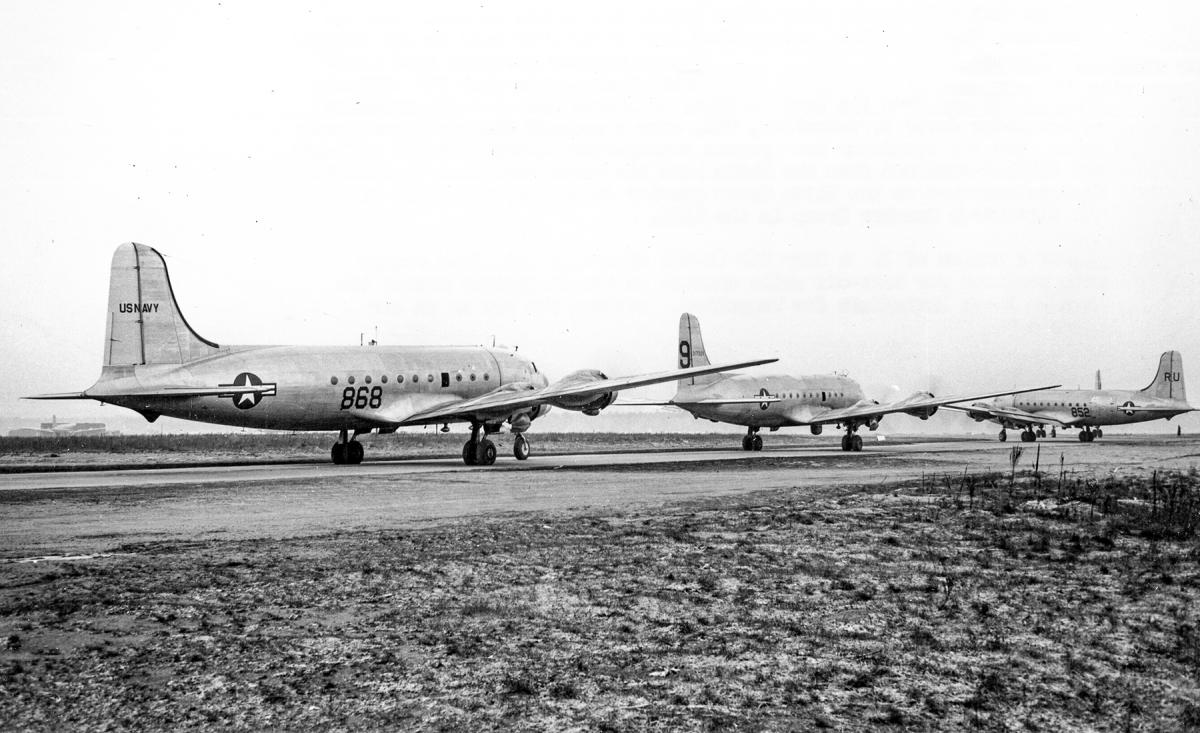The misunderstanding was not unusual in 1948 as the Navy and the newly formed Air Force took part in one of the earliest joint operations in the Cold War. Despite the differences in their jargon, members of the two armed services were together making history in one of the most amazing noncombat, but strategically vital, operations in history.
Operation Vittles—what came to be popularly known as the Berlin Airlift—began in June 1948 when the Soviet Union imposed a blockade on ground traffic in and out of the western portion of Berlin, an Allied enclave deep in the heart of Soviet-controlled East Germany. Tensions had been growing since the end of World War II when England, France, and the United States had taken control of the western part of Germany, while the Soviets occupied the eastern portion. Former Allies in the struggle against Nazi Germany, the United States and the Soviet Union were now ideological opponents, precariously juxtaposed in an unusual geographical situation that easily could have led to disaster.
Hoping to force the Allies to withdraw from West Berlin, or at least make major concessions related to the occupation, the Soviets assumed that shutting down the logistical flow into the Allied sector of the city would force a capitulation. Instead, the Allies began resupplying the city from the air, and West Berliners, who just a few years earlier had endured a massive Allied bombing campaign, now waved in jubilation as U.S. and British aircraft flew around the clock to bring them supplies needed for survival.
The Soviets presumably did not try to intervene because stopping air traffic ran risks not associated with a land blockade, and might well trigger a war. It also is likely that they assumed that such an endeavor was bound to fail. But they were wrong. For more than a year, aircraft flew in and out of Berlin 24/7—to use the modern vernacular—carrying food, fuel, and other necessities to the beleaguered city at an astonishing rate. At the height of the campaign, an Allied aircraft landed in Berlin every minute. Berliners’ daily food ration actually exceeded that of Londoners at the time.
While the U.S. Air Force deserves the lion’s share of the credit for the incredible feat, a little-known fact is that the Navy participated as well. Two MATS (Military Air Transportation Service) squadrons, VR-6 and VR-8, joined the airlift in late 1948 and consistently exceeded their quotas for the eight months they participated. Flying their R5D Skymasters (the Navy variant of the Air Force C-54 transport), the naval aviators typically made three—and frequently four—round trips a day between air bases in the Western zone of Germany and Berlin, clocking over 45,000 hours of total flying time and delivering nearly 130,000 tons of food and coal.
Incredibly, by the spring of 1949, the airlift was delivering more cargo than previously had been transported by rail. The Soviets were forced to acknowledge that their blockade had failed, and ended it in May. Seen as a major embarrassment to Moscow, it was one of the key moments in the Cold War. Both symbolically and pragmatically it proved Western power and determination, avoiding war at a potentially volatile moment, and establishing Berlin as a focal point of the East-West struggle.




